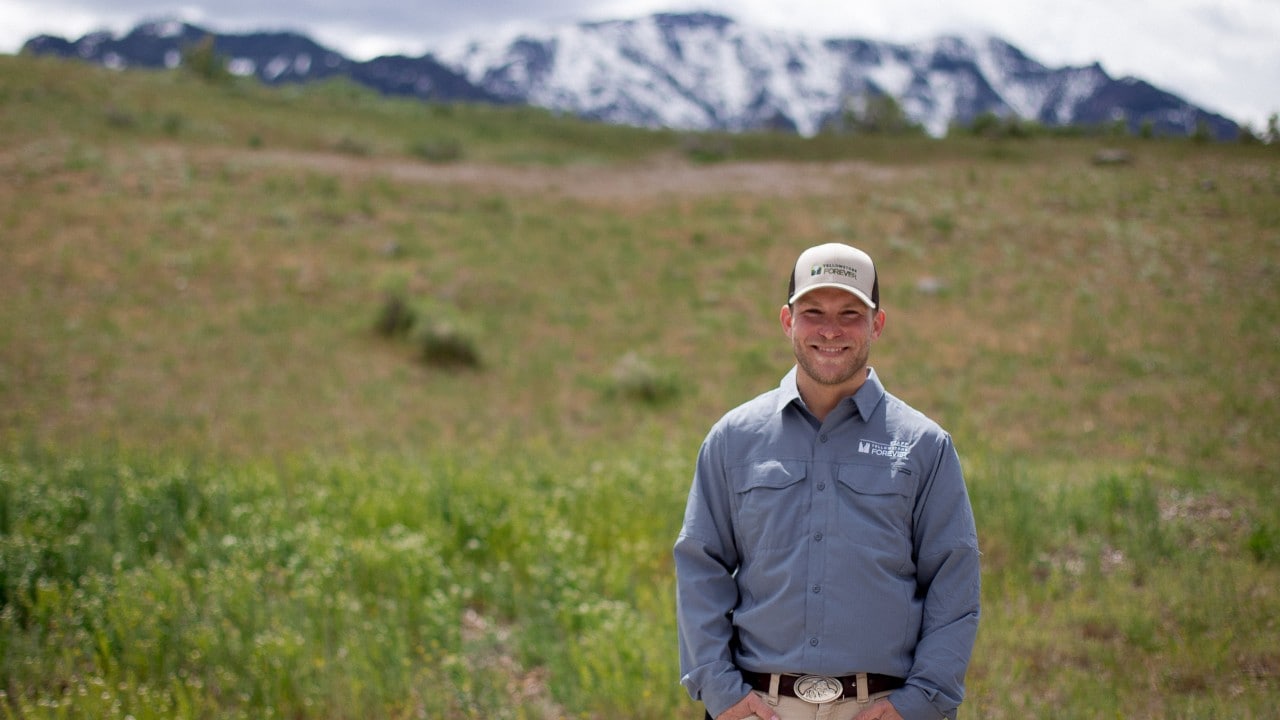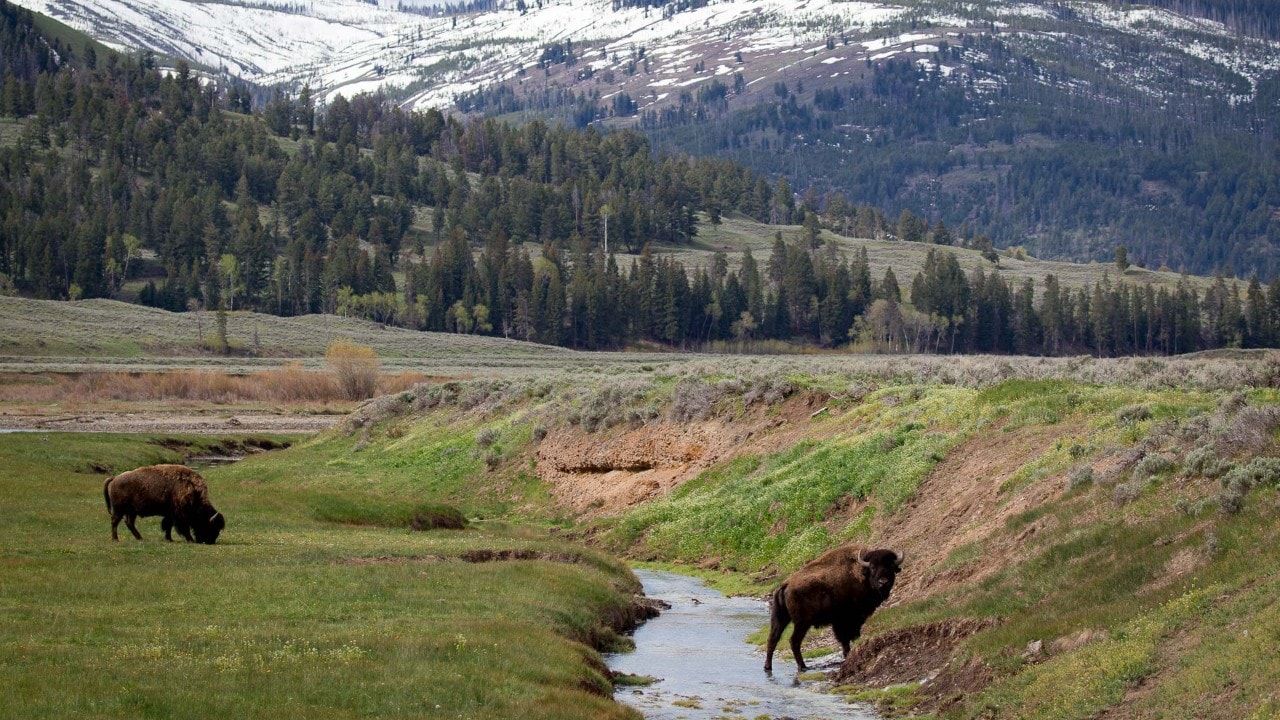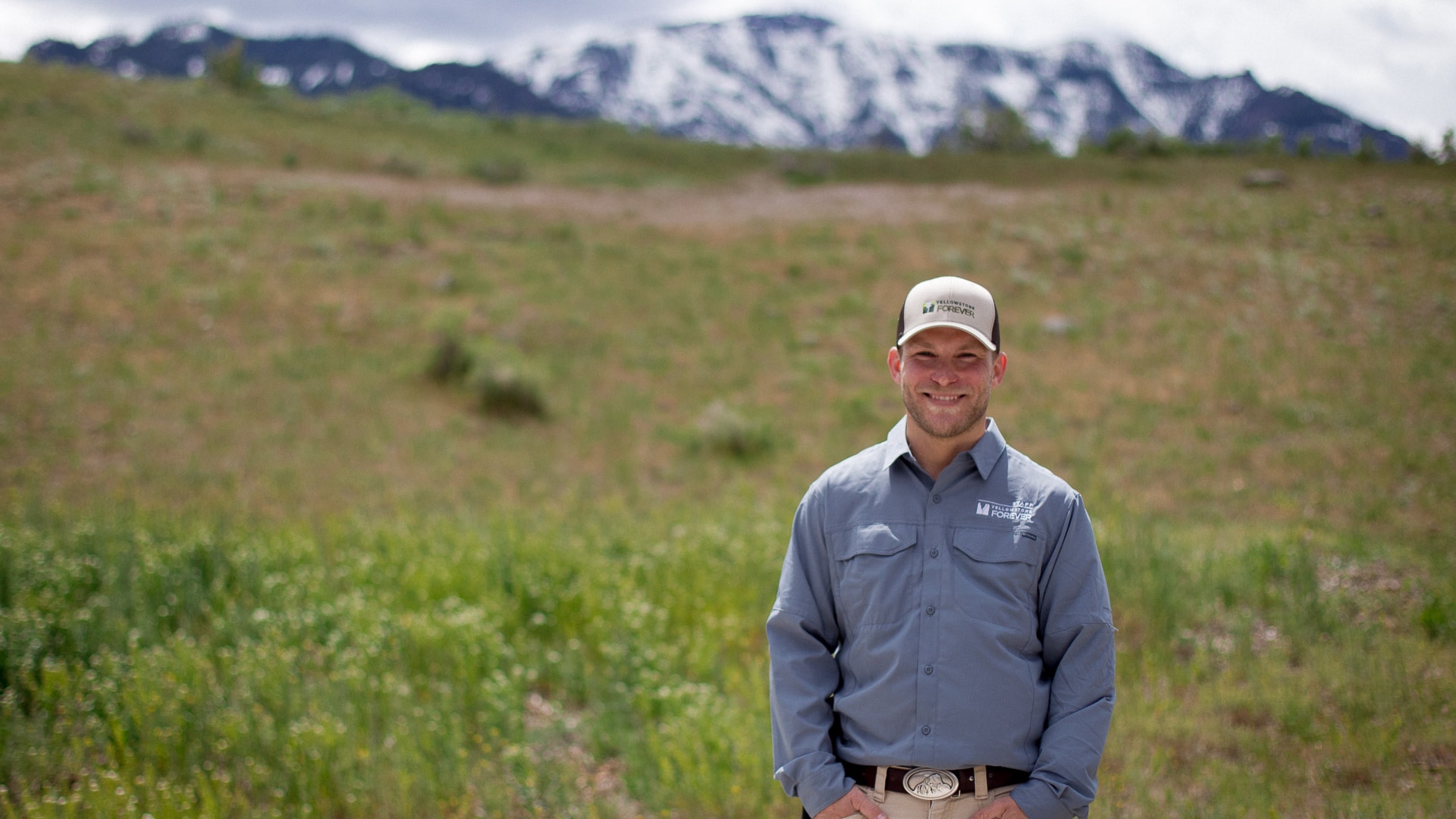Park guide John Harmer

Park guide John Harmer
Above photo: Yellowstone Forever's park guide John Harmer.
Story by Jesse Hirsch; photos by Jaymi Heimbuch
Jesse is an editor for Pursuits with Enterprise, as well as for Los Angeles-based GOOD magazine. He lives in Brooklyn, where he writes about food, agriculture and travel. Jaymi is a wildlife photographer based in San Francisco, California. See more of her work on her website.
John Harmer is the kind of charming, rugged park guide that you'd want in a recruitment video for Yellowstone Forever, the nonprofit partner of Yellowstone National Park.
Now in his early 30s, Harmer has been showing visitors Yellowstone National Park for six years, during which time he has become a well-known – and beloved – face of the park. This former Texan once intended to work in agriculture (chickens, specifically) before pivoting into a three-week training course at Yellowstone. Now, he's morphed into an outgoing, knowledgeable wolf expert. And the rest, as they say, is history.
We were lucky to get to know Harmer a little better when we headed to Yellowstone; we wanted to share some of his insights with you. If you didn't have a favorite park guide before, you do now.
On city folk
When they come out here and have no idea that an elk is actually an elk and they’re calling it a white-tailed deer, I love those opportunities to be able to teach them a little bit. Mainly I just love to show them a beautiful place, get out of the way and let them have a good time while they’re here.
Seeing the park through new eyes
I love seeing it through [new visitors'] eyes because, for me, it’s kind of the same thing over and over again. So to have that opportunity, to get that original genuine wonder experience when they show up here is fantastic. I get to share that with them.
Tiny explorers
Children are great because they have no biases or prejudices; it’s all brand-new. They want to touch everything and smell everything and “Oh, is that poop over there?” They just run over to it and want to pick it up. But of course the parents are chasing behind going, “No, no, no!” I don’t even know how to put it into words honestly, but it’s just full-on excitement 100 percent of the time.
Embracing the quiet
I’m not as familiar with other parks, but [at Yellowstone] you just don’t have the structures around, you don’t have the sounds. Something is amiss because we’re used to hearing air conditioners going in the background or car alarms. As soon as you get away from the road, it’s very quiet; sometimes that’s eerie for folks.
Going off the grid
[Visitors] don’t need an iPhone or an iPad to keep them entertained. In fact, on our programs I ask people, “Well put those phones away, put those iPads away,” so that they can experience nature itself. I don’t think we’re always aware of how attached we are to some of these devices, so to put that away and just to focus on what you have in front of you I think is… it’s tough to get those opportunities these days.
"Keep in touch, OK?"
One thing I like to do if I have a good connection with families is to send them an email a few weeks after they visit. If they like that, I just kind of keep that relationship going so that they still have an attachment to Yellowstone. Personally, I like to let [the park] talk for itself. But if I can be a conduit for an individual to continue to engage and experience Yellowstone, I’m happy to play that role.
Why he does it
I get to live here. It’s pretty simple. I get to experience this landscape on a daily basis. I grew up in a suburban area, so for me to wake up every day, look outside of my window and see these mountains and know that I can go climb them — or seeing the elk just outside the door, the baby bison walking through the parking lot or across the road — I mean, there’s just not a lot of places you get those opportunities.
Portions of this interview have been edited and condensed for clarity.

Two bison graze along Soda Butte Creek.
Related Articles
- Park Guide John Harmer
- Top 5 Sights in Yellowstone
- GWDC Center
- Wildlife Photography Tips

